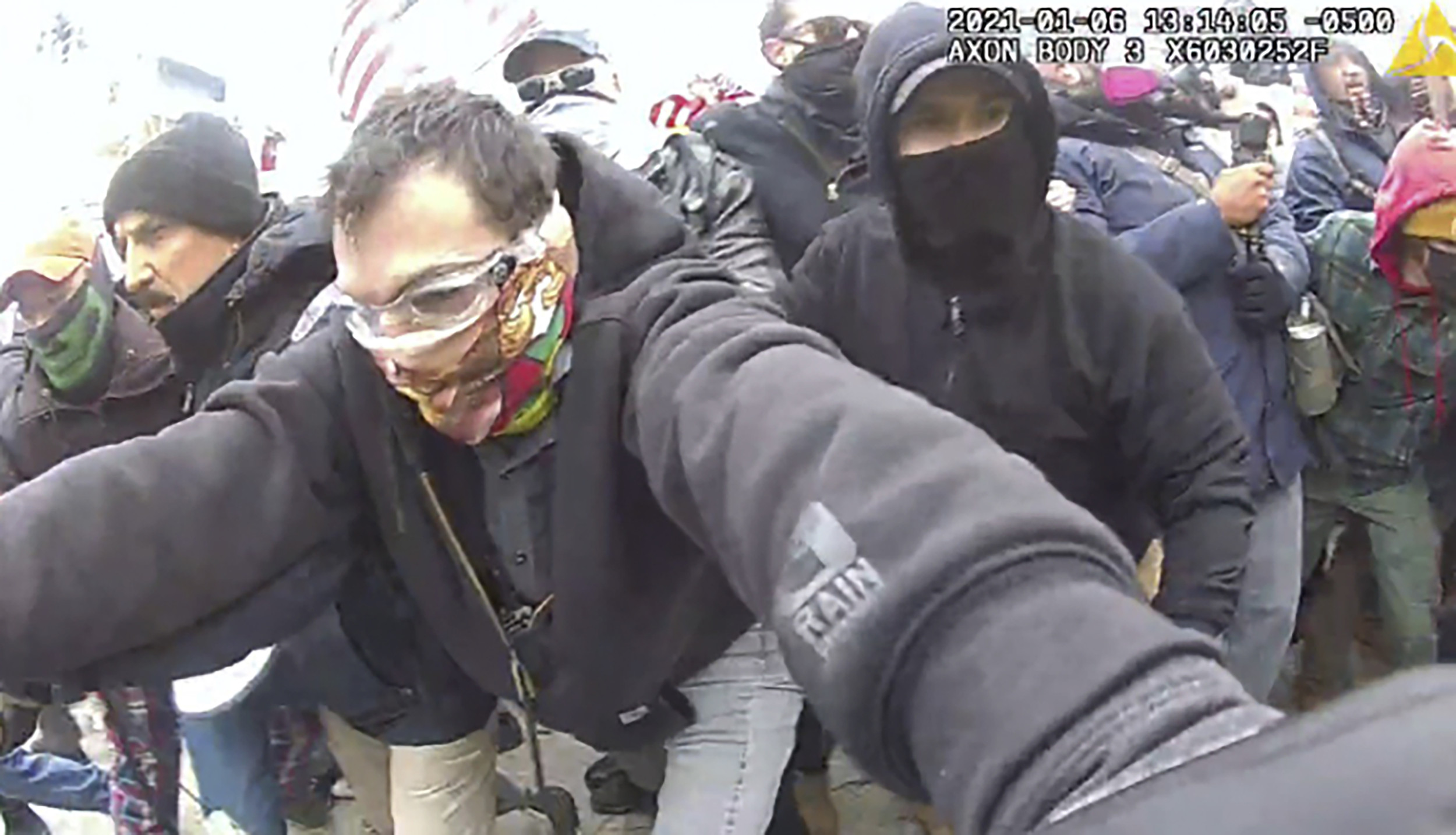Russian president Vladimir Putin announced to the world that his forces fired a new medium-range ballistic missile known as Oreshnik ("the hazel") in an attack on Dnipro, Ukraine on Thursday.
In his address on Russian TV, Putin dispelled the notion the missile was an intercontinental ballistic missile (ICBM), as initially reported by the Ukrainian Air Force, which said it was among nine missiles fired at Dnipro from Astrakhan around 430 miles away Thursday. Use of a nuclear-capable long-range ICBM would have been viewed by the West as a major escalation of the war.
But, describing the missile, the Russian president said, according to Reuters: "In combat conditions, one of the newest Russian medium-range missile systems was tested, among other things. In this case, with a ballistic missile in a nuclear-free hypersonic equipment."
But analysts are asking just how new is this weapon, how different is it from an ICBM and what does "hypersonic" add to its potency?

Newsweek reached out to the Ministry of Defense of the Russian Federation for comment via email.
What we know about the Oreshnik
The Oreshnik reportedly carried six conventional warheads, functioning as a Cold War-era Multiple Independently-targetable Reentry Vehicle (MIRV) which carries a series of warheads that target numerous specific locations.
The Center for Arms Control and Non-Proliferation reported that a medium range missile can travel 620 miles to 1,860 miles, but Russian sources have said that the Oreshnik has a range of up to 3,100 miles. So, if launched from western Russia near, St. Petersburg, it would be "transcontinental," able to reach the U.K on Europe's western margin and pretty much all the European countries in between, many of them U.S. NATO allies.
This was highlighted by Putin, Thursday, when he said: "In response to the use of American and British long-range weapons, on November 21 of this year, the Russian armed forces launched a combined strike on one of the facilities of the military-industrial complex of Ukraine.
"We believe that we have the right to use our weapons against military facilities of the countries that allow to use their weapons against our facilities. And in case of escalation of aggressive actions, we will respond resolutely in a mirror way."
Putin was referring to recent shift in U.S. policy when President Joe Biden authorized Ukraine to deploy American long-range missiles, including the Army Tactical Missile Systems (ATACMS), against targets inside Russia. The U.K. is believed to have followed Biden's lead and made a similar policy change.
In their latest analysis of the escalation in the Russia-Ukraine conflict, the Institute for the Study of War (ISW), a nonprofit research group and think tank, has identified the Oreshnik as "an experimental medium-range ballistic missile with reentry vehicles—likely a modified RS-26 'Rubezh' intermediate-range ballistic missile (IRBM)" fired from Astrakhan Oblast into central Ukraine.
The Rubezh missile, which was never officially entered into service and is classed as under development, can carry a nuclear or conventional payload containing the warheads, or have multiple independently targetable reentry vehicles that transport explosives to numerous targets.
In a press conference Thursday, the Pentagon confirmed the Oreshnik was based on the Rs-26 Rubezh, and Deputy Pentagon Press Secretary Sabrina Singh said that the U.S. had been notified briefly before the launch, through "nuclear risk reduction channels."
The new missile is also believed to rely on a component of the Bulava missile, which was found at the crash site. A picture of the part was posted on CNN's website. The Bulava was developed in Russia in the 1990s, according to Agentstvo, an independent Russian news outlet posting on Telegram.
Mark Krutov, a military analyst at Radio Free Europe/Radio Liberty, also concluded that the missile piece is a component used in the S-30 'Bulava' SLBM, and posted his thoughts on X, formerly known as Twitter.
Serial production of the Bulava missile began in 2007, and it was accepted into service in 2012, which means that if it was truly part of Putin's Oreshnik, then the missile is not an entirely new piece of technology, as Putin claimed.
1/2 Just a small bit of OSINT on Russia's new 'Oreshnik' MRBM, allegedly used to strike Dnipro (per Putin): I found the exactly the same part on the Russian govt procurement site. Docs from 2013 show it's also used for the S-30 'Bulava' SLBM. https://t.co/QCS2R8FNAZ pic.twitter.com/Dome4heoWO
— Mark Krutov (@kromark) November 21, 2024Videos of Russia's attack on Dnipro have been circulating on social media platforms, including the new platform BlueSky where Christopher Miller, a reporter for the Financial Times, posted a video and said: "Russia launched something awful at the Ukrainian city of Dnipro, home to ~1 million people.
"What type of missile is unclear. Kyiv claims an ICBM; some western officials say not so but a ballistic missile. Regardless, Moscow used a terrifying and devastating weapon on a densely populated city."
Newsweek has emailed the Pentagon for comment via email
A Hypersonic Missile
While the Ukrainian Air Force originally identified the Dnipro missile as an ICBM due to its speed and altitude, Putin noted that it is "hypersonic," potentially giving it a totally different trajectory.
Both hypersonic and ballistic missiles travel at over Mach 5 (five times the speed of sound). Where they differ is the ability to maneuver mid-flight, which can be achieved with hypersonic missiles but not ballistic.
The two missile types also differ in terms of payload, as ballistic missiles are often used to deliver nuclear warheads over vast amounts of territory, while hypersonic missiles are designed for more precision strikes. But the Oreshnik appears to be a hybrid of the two.
Tom Karako, the director of the Missile Defense Project at the Center for Strategic and International Studies (CSIS), told CNN that it's likely this is the first time MIRVs have been used in combat, as they were previously used exclusively for nuclear warheads, rather than conventional.
He said: "This is a big rocket with payload capability, presumably MIRVs, and has the baggage associated with it of nuclear delivery vehicles."
Mick Ryan, a retired Australian army major general and Senior Fellow for Military Studies at the Lowy Institute, wrote about the significance of Putin's use of the Oreshnik in his attack on Dnipro due to the missile's transcontinental range.
He wrote: "Putin isn't only messaging Washington D.C. here. He has used a weapon with a range of over 5000 kilometers, which could therefore be used against almost any target in Europe and the United Kingdom.
"This is a message to Europe, not only about their support for Ukraine, but also about Russia's capacity and willingness to influence policy related to defense and security well beyond Ukraine."




















 English (US) ·
English (US) ·